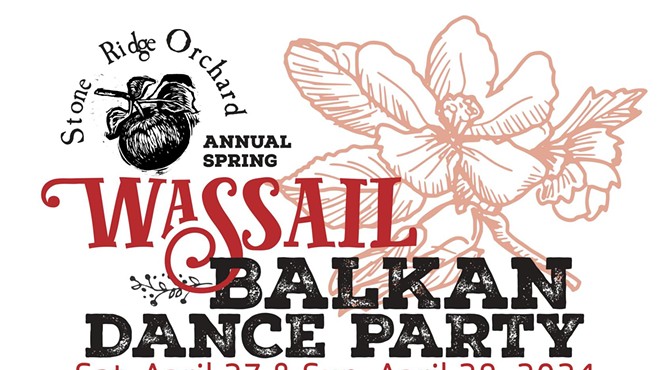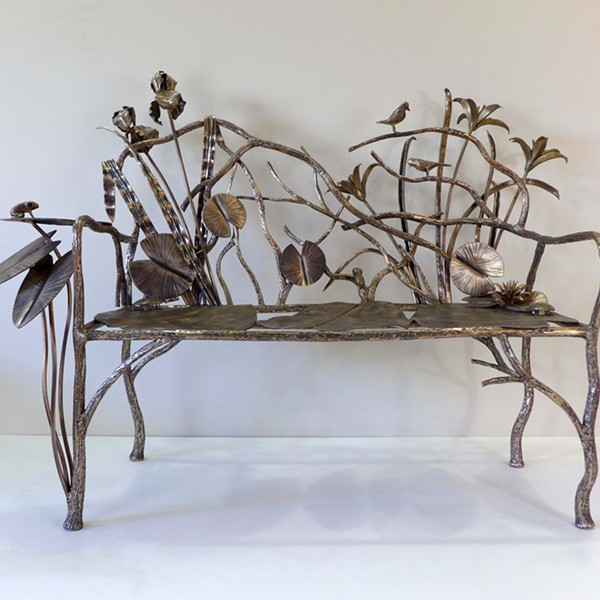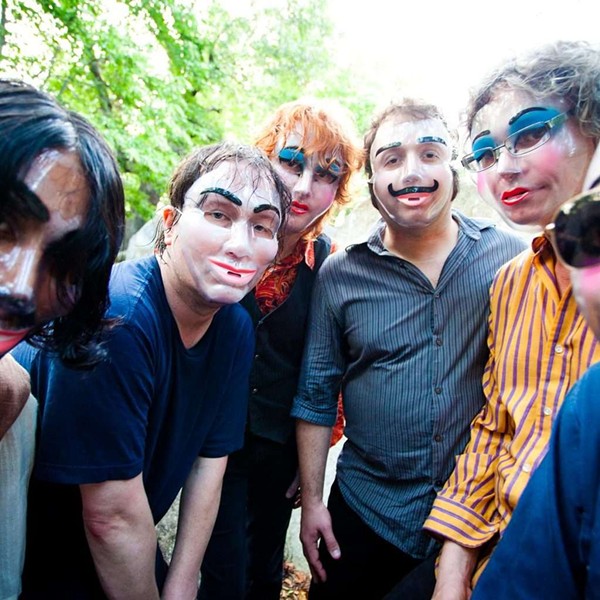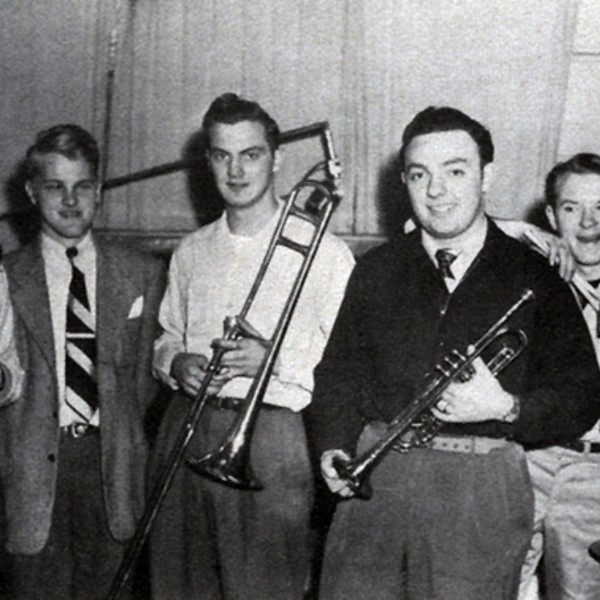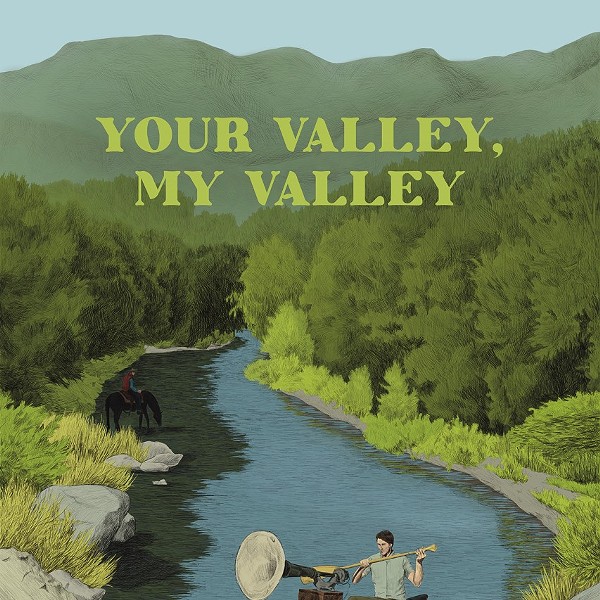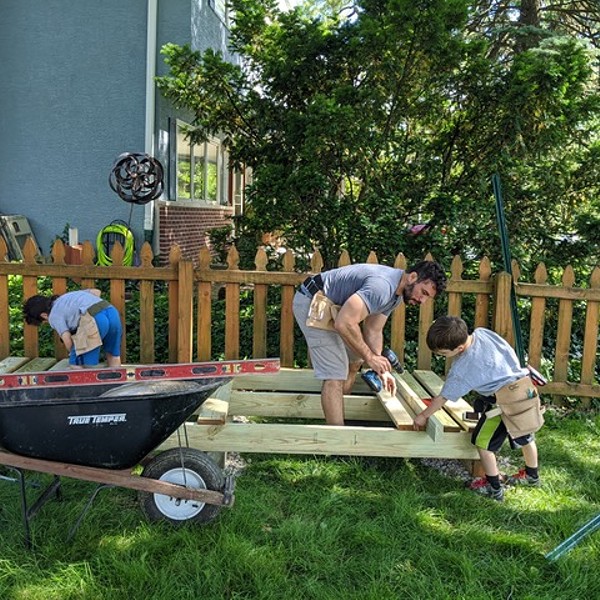"People get satisfaction from being able to create/craft things because they can see themselves in the objects they make. This is not possible in purchased products.
The things that people have made themselves have magic powers.
They have hidden meanings that other people can't see.
People usually want to keep and update the things they make. Crafting is not against consumption. It is against throwing things away.
People seek recognition for the things they have made. Primarily it comes from their friends and family. This manifests as an economy of gifts.
People who believe they are producing genuinely cool things seek broader exposure for their products. This creates opportunities for alternative publishing channels.
Work inspires work. Seeing what other people have made generates new ideas and designs.
Essential for crafting are tools, which are accessible, portable, and easy to learn.
Materials become important. Knowledge of what they are made of and where to get them becomes essential.
Recipes become important. The ability to create and distribute interesting recipes becomes valuable.
Learning techniques brings people together. This creates online and offline communities of practice.
Craft-oriented people seek opportunities to discover interesting things and meet their makers. This creates marketplaces.
At the bottom, crafting is a form of play."
—Ulla Engeström, Hobbyprincess.com
We've been crafty for quite some time. The Hudson Valley has been a hub for making since the 19th century—making cement in Rosendale (for the Brooklyn Bridge, among other formidable structures), making hats in Beacon, making food for New York City, making collars in Troy, making microchips in Fishkill. Since the exodus of the manufacturing base from the region in the second half of the 20th century, however, the idea that the Hudson Valley is a place where large-scale making happens is mostly a nostalgic one (with the notable exception of IBM). What's sprung up in its place in just the past couple years is a small-scale maker's movement that is a microcosm of the DIY transformation of the post-industrial landscape throughout the US. (Lynn Woods documents this movement in "Handmade-on-Hudson".)
The maker's movement is not a back-to-the-land, throw-your-own misshapen-pots-and-make-burlap-sack-clothes affair. The current generation of crafters are creating (choose one or more of the following): furniture, ceramics, clothes, leather goods, stationery, natural skin-care products, etc. that are handmade and design-savvy. As Stella Yoon, one of the founders of the Hudson River Exchange craft fair, told me, "The definition of craft has evolved—10 years ago, the line started to blur between fine art and craft. Now there's a crossover between design and craft." For instance: Kingston-based Blackcreek Mercantile sells its wooden bowls and cutting boards through retail outlets and its sculptural outlets through galleries. Where do you draw the line between craft and art, and does it matter anymore?
Nowhere is this maker's movement more apparent in the region than in Hudson, where locally focused retail shops have popped up next to the city's many antique stores. Hudson has the highest self-employment rate in New York State—almost 10 percent—and ranks 83rd in the country in self-employment. It's a melting pot of the American maker's movement, from milliners creating handmade vintage-style hats like Behida Dolic Millinery; to outsider artist Earl Swanigan, who sells his whimsical animal portraits on the street; to bespoke blacksmithing at Metal by David DeSantis; to the impeccable outpost of modernist woodworking, jewelry, and design that is Chris Lehrecke's Warren Street showroom.
Hudson also has Etsy. The e-commerce craft giant opened a satellite office in a converted mill in 2012, where 40 young Etsy staffers spend their days tapping at keyboards on large maple-topped group desks. Etsy sourced most of its furniture from local stores, and the maple desks were made by Rob Williams of Grain, a local woodwork and design studio. Etsy's digital reach is also a game changer for the contemporary makers. Between selling their wares at an ever-increasing number of craft fairs and connecting to customers via their online shops (which often function as a personal blog as well as sales platform, telling the story of maker and made in one fell swoop), makers can opt out of costly physical retail spaces.
What's fueling this youthful maker's boom? Surely the lack of good jobs for creatives in the workforce at large is a factor driving people to opt out of the corporate sphere for DIY jobs. There's also the increasing desire for things that are not mass produced, things made by people who can you tell you a story about their creation. (This applies to the farm-to-table movement and the craft brewing and distilling renaissance as well.) And what about play? As Finnish maker and crafter Ulla Engeström has suggested, crafting is really a form of play. So ask yourself this question: Is your job a form of play? Wouldn't it be cool if it was?










